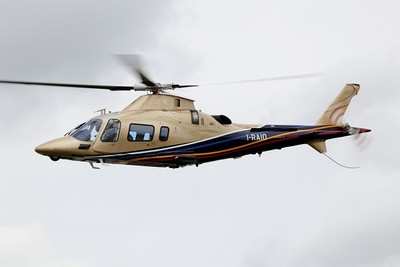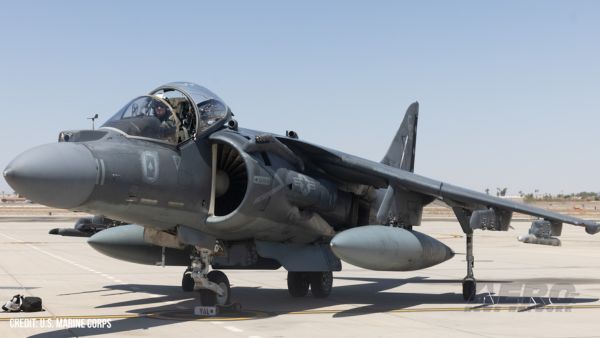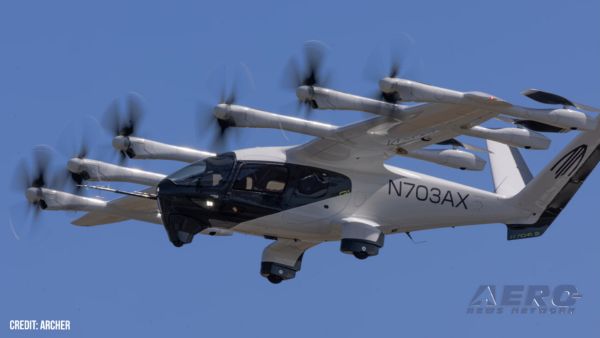FAA Records Indicate Pilot Did Not Have An Instrument Rating
The NTSB has issued its preliminary report from an accident involving an AW109E helicopter that impacted the roof of a hi-rise building in New York City on June 10. The commercial pilot, the only person on board the aircraft when the accident occurred, was fatally injured.

According to the report, Day instrument meteorological conditions prevailed, and no flight plan was filed for the corporate flight, which departed from the East 34th street heliport (6N5), New York, New York, about 1330 and was destined for Linden Airport (KLDJ), Linden, New Jersey.
The report indicates that on the morning of the accident, the pilot and a pilot-rated passenger departed the Bel-Aire heliport (NY46), Amenia, New York, about 1030. They stopped briefly at Hudson Valley Regional Airport (KPOU), Poughkeepsie, New York, for fuel, then flew to 6N5 and arrived about 1130. According to the pilot-rated passenger, the flight was uneventful.
According to personnel at Atlantic Aviation, the fixed-base-operator at 6N5, the pilot-rated passenger was at the controls as the helicopter landed. He departed the heliport by car, while the accident pilot remained at 6N5. The accident pilot waited in the lounge for about 2 hours. While there, he was continuously checking weather conditions using his tablet computer. Prior to departing, he mentioned to the staff that he saw a "twenty-minute window to make it out."
According to preliminary tracking data obtained from the FAA, the helicopter departed 6N5 and initially few south over the East River, before changing course northward. About 5-7 minutes after departure, the pilot contacted Atlantic Aviation and made a request to return to the heliport. He was advised to land on pad No. 4. The pilot then radioed that he "did not know where he was." The helicopter flew erratically over the East River, changed course and altitude several times before making a 270° turn, which approached 6N5 from the west. About 500 ft west of 6N5, at an altitude of 600-700 ft mean sea level (msl), the helicopter reversed course, and flew erratically over Manhattan, before impacting a roof of the 54-story building at 787 7th Avenue. The last recorded position of the helicopter was about 0.1 nautical mile southeast of the building at an altitude of about 1,570 ft msl. The overall height of the building above the street was about 790 ft msl, with the roof section where the helicopter
came to rest (below the exterior walls and catwalks surrounding the perimeter of the roof), at an altitude of about 765 ft msl.
A witness recorded video of a portion of the flight as the helicopter was flying in and out of clouds. The helicopter descended rapidly from the clouds in a nose down pitch attitude, appeared to initially transition to a level pitch attitude before climbing into the overcast cloud ceiling and out of view.
Examination of the wreckage on the rooftop revealed that all major components of the helicopter were present at the accident site and were confined to an area approximately 100 ft long and 20 ft wide, oriented on a heading of about 300° magnetic. Small pieces of debris were recovered from the 50th floor level and street level. The helicopter was severely fragmented and partially consumed by a post-impact fire. All four main rotor blades were fragmented. Remnants of two main rotor blades remained attached to the rotor hub, the other two blades were separated from the hub. All exhibited leading edge damage. The main rotor gearbox was impact damaged, partially fragmented, and could not be turned by hand. The tail rotor blades, hub, and gearbox remained largely intact. One tail rotor blade exhibited a leading-edge gouge, the other blade tip was fracture separated and exhibited thermal damage. The tail rotor driveshaft was fractured in several locations; an 8 ft section remained attached to the tail
rotor gearbox. The tail rotor shaft and blades rotated freely when turned by hand. While most of the flight control components were identified, flight control continuity could not be determined due to impact damage and extreme fragmentation of the airframe. All three landing gear actuators were in the down position.
The left engine was broken into two sections at the reduction gearbox. The compressor impeller rotated freely by hand, several blades exhibited leading edge damage and several blade tips were bent in the direction opposite of rotation. The power turbine shaft was fractured, consistent with overload and exhibited twisting features and rotational scoring. The fuel management module was damaged, separated from the engine control gearbox, and its control was oriented in the "flight" position.
The right engine was mostly intact and exhibited thermal damage. The compressor impeller would not rotate; its blades exhibited leading edge damage and were not bent. Debris was found ingested downstream of the compressor discharge area, consistent with engine operation. The driveshaft between the right engine and the main gearbox was fracture separated in a twisted pattern. The fuel management module was damaged, partially separated from the engine control gearbox, and its control was oriented in the "flight" position.
The throttle quadrant was found loose and separated from its mount. The control cable ends were not found. Although both levers were found in the "MAX" position, their position at the time of impact could not be confirmed.
The twin engine, 7-seat helicopter was manufactured in 2000. It was equipped with two 549-horsepower, Pratt & Whitney Canada PW206C engines. The most recent documented inspection was completed on May 21, 2019, which was a 50 hour/30-day inspection. At that time the helicopter had accrued a total of 3,939 flight hours. Both engines had accrued about 570 hours since overhaul.
According to FAA airman records, the pilot held a commercial pilot certificate with a helicopter rating, which was issued on September 24, 2004. He also held a flight instructor certificate with helicopter rating, which was issued on June 20, 2018. He did not have an instrument rating. His most recent FAA second-class medical certificate was issued on May 15, 2019, at which time he reported 2,805 hours of total flight experience.
At 1351, the weather conditions at a reporting station located in Central Park about 1 mile northeast of the accident site, at an elevation of 156 ft msl, included an overcast ceiling at 500 ft above ground level, visibility 1.25 statute miles in rain and mist, temperature 18° C, dew point 7° C, wind from 070° at 8 knots, altimeter setting 30.05 inches of mercury. According to 14 CFR Part 91.155, basic visual flight rules weather minimums for helicopters operating from the surface to 1,200 ft msl were 1/2-statute mile visibility, and remain clear of clouds.
The helicopter was retained for further examination.
(Source: NTSB. Image from file. Not accident aircraft)
 ANN's Daily Aero-Term (08.20.25): LORAN
ANN's Daily Aero-Term (08.20.25): LORAN ANN's Daily Aero-Linx (08.20.25)
ANN's Daily Aero-Linx (08.20.25) Aero-News: Quote of the Day (08.20.25)
Aero-News: Quote of the Day (08.20.25) NTSB Prelim: Piper J5C
NTSB Prelim: Piper J5C Aero-FAQ: Dave Juwel's Aviation Marketing Stories -- ITBOA BNITBOB
Aero-FAQ: Dave Juwel's Aviation Marketing Stories -- ITBOA BNITBOB



